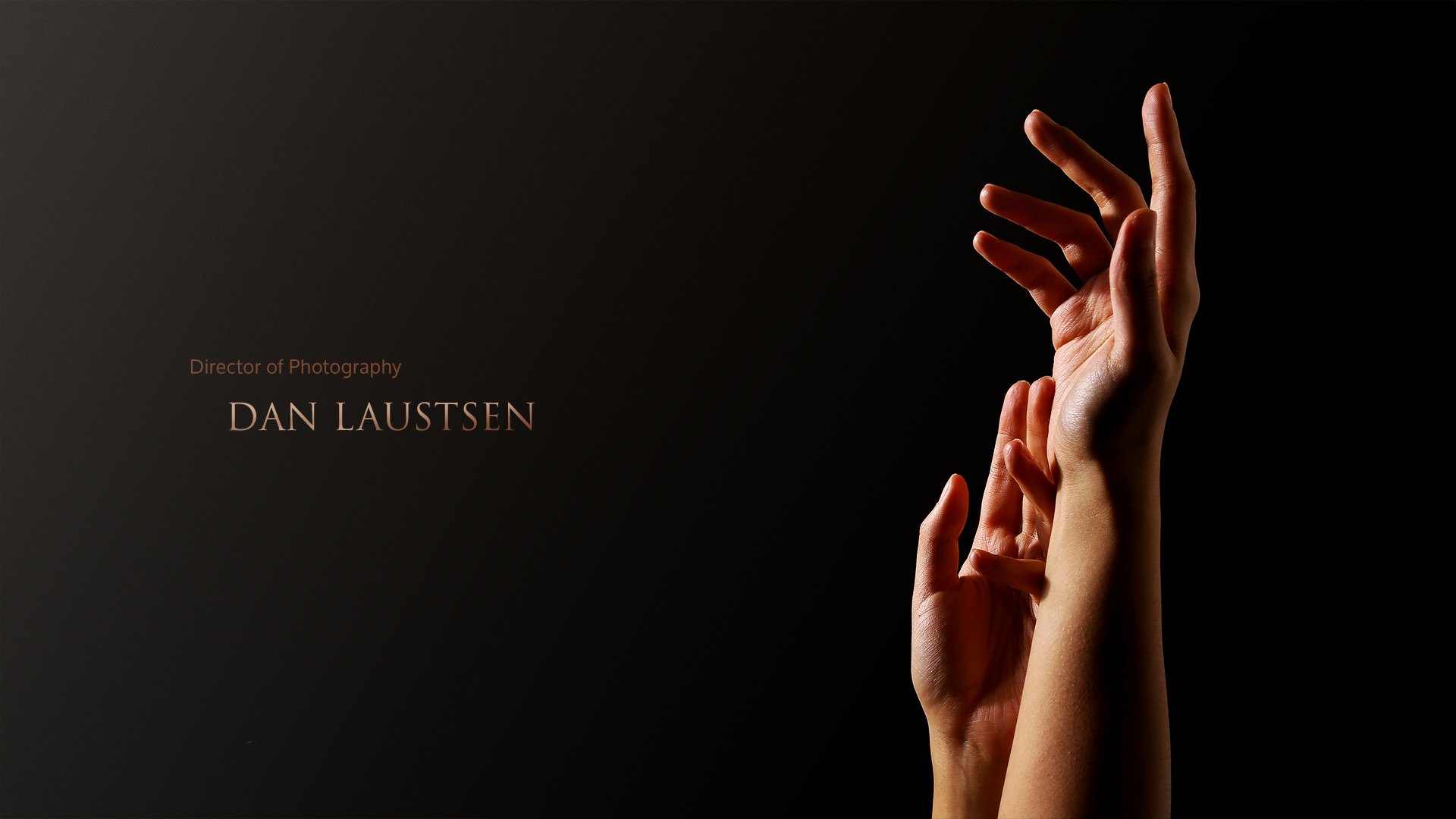
The Shape of Water
A series of title sequences for the movie “The Shape of Water” by Guillermo Del Toro. The story is set in a 1960s US laboratory where the main character Elisa, a muted lab cleaner, falls in love with an amphibian creature that the workers forcefully kidnaped. The title sequences focus on Elisa’s transformation in the view of herself in love and recognizing her authenticity by using hand movements and muted sign language as symbolism.
Software: C4D, AE, PS










Process
Movie Screenshots
Even though the relationship between the amphibian man and Elisa in the movie is significant, I resonate with and like to focus on the main character Elisa and her transformation throughout the film.
Mood Board
The muted sign languages are the primary communication tool for Elisa, so I decided to use them as symbols to showcase the journey of her transformation into self-love and acceptance. To create an uplifting and emotional mood.
Lighting Reference
To achieve that, I began to think about how lighting could express mood and emotions—looking for movie references that create such an effect.
I realized that the intense, warm tone of lighting that creates extreme contrast shadow on the hands might be able to show the epic ambiance.
After all the concepts are settled, I start to consider how to use the muted hand gestures to create the sequences. By researching all the meanings behind the signs, I decided to use “Music” and “Relationship” as symbolic hand gestures. In the movie, music is the communication bond that links Elisa to the creature and forms the relationships.
Then, how do we put it all together?
Storyboard
Like dancing, I have designed a set of hand movements. In each scene, the hand is gradually formed into one of the symbolic signs ( “Music” and “Relationship”). Like arranging a choreography, every dance performance ended with a final posture that revealed the film's title.
Production Process
After all the plans are ready, it is time to bring them to reality. A few challenges I have encountered in production are controlling lighting and camera usage. I have never touched a camera before, so I have experimented with different framing and editing. Also, I tested out various lightings to explore the effect they brought.
Variations
I have created two sets of sequence styles with different lighting experiments. One on the left is lit from the back, and the one on the right is from the side with a warmer tone.
Final Sequences
Eventually, the intense, warmer lighting scenes became my final sequences. It conveys the emotional and uplifting mood that I wanted to achieve. A few things I learned from this project are not being afraid to try out different scenarios and approaches in production, being brave in creating the effect in post-production, being open-minded, and always giving yourself more options in design.








